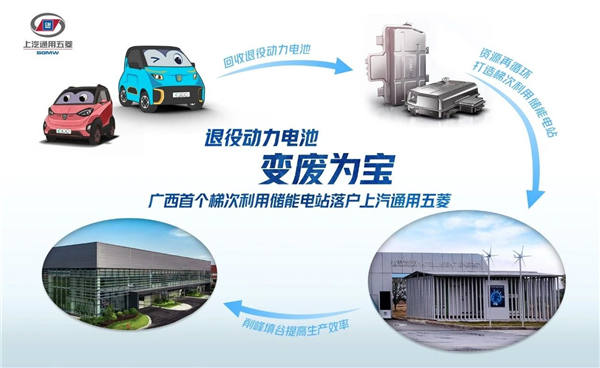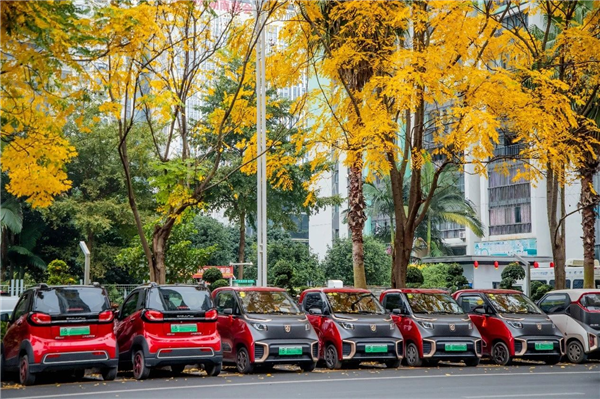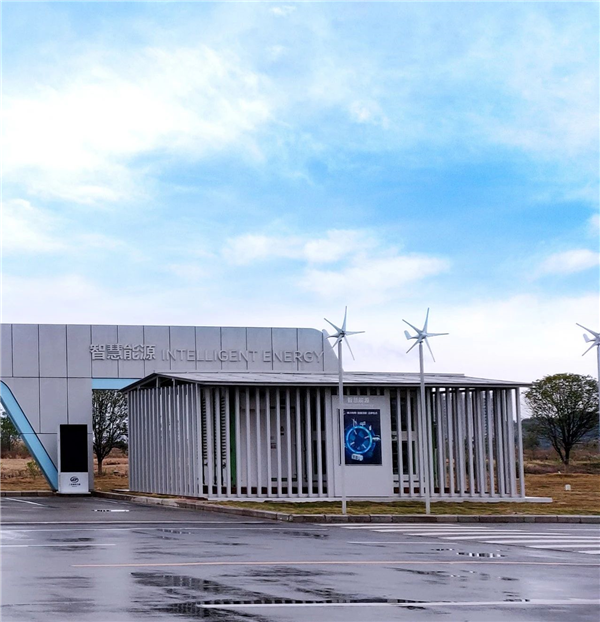SGWM launches energy storage station featuring battery cascade utilization
Shanghai (ZXZC)- SAIC-GM-Wuling (SGMW), a joint venture among General Motors, SAIC Motors and Liuzhou Wuling Motors, celebrated on June 30 the launch of a large-scale energy storage power station that achieves cascade utilization of power batteries in Baojun brand's Guangxi base, according to the automaker.

The station, using the power batteries retired from the R&D of the Baojun E100 and the Baojun E200, is also Guangxi Province's first energy storage system available to the cascade utilization of power batteries. It features a charge capacity of 1,000kWh with a rated power of 250kW.
It is forecasted that around 25GWh power batteries will be put into retirement in China in 2020, according to National Big Data Alliance of New Energy Vehicles (NDANEV), making the country confronted with huge pressures in environmental protection and resource utilization. Thus, the recycling and reuse of power batteries are key tasks for the industry to maintain economic growth and the society to protect environment.

SGWM is ambitious to build a complete energy using ecosystem rather than merely developing new energy vehicles. Before putting into use, the retired power batteries will be checked and restructured so as to meet the technical standards required by relevant laws and regulations.
The automaker plans to put an all-new all-electric four-seater EV model, the Hongguang MINI EV, onto the market in July. Its retired batteries are expected to be applied for the Guangxi-based energy storage station as well.

By virtue of the smart micro-grid technology, SGWM's new station is able to store electricity from grid when the demand is low. It is also capable of converting the solar and wind energy into electric power, and retaining it in the energy storage system. During the peak demand hours, the station can supply power for grid to make up the energy shortfall (photo source: Wuling's WeChat account).

